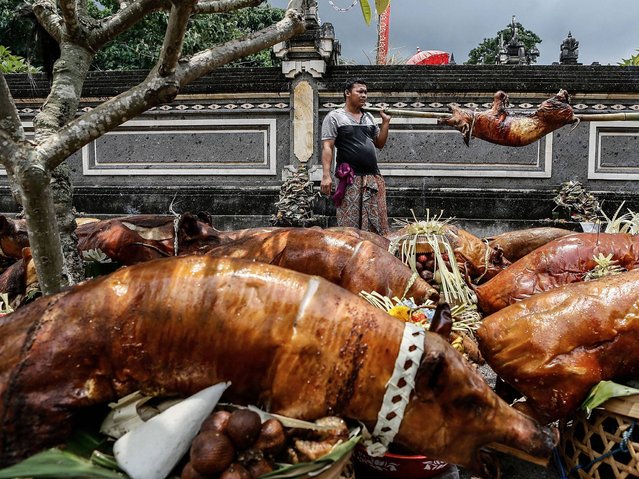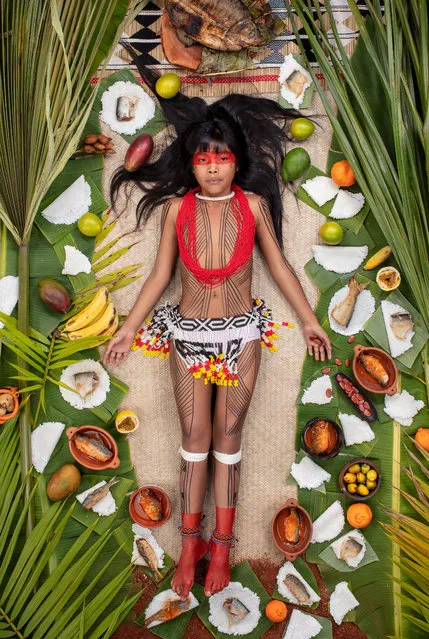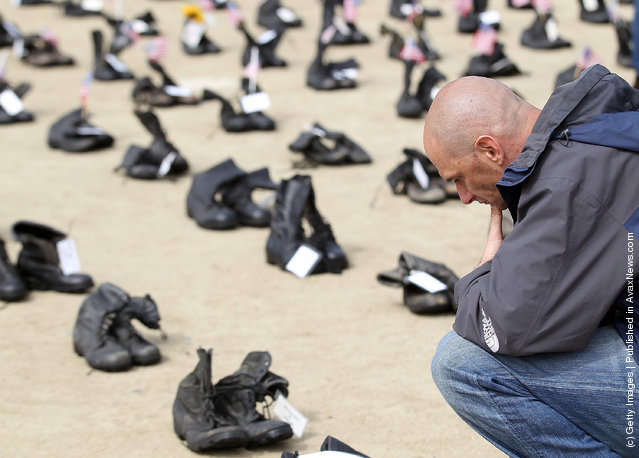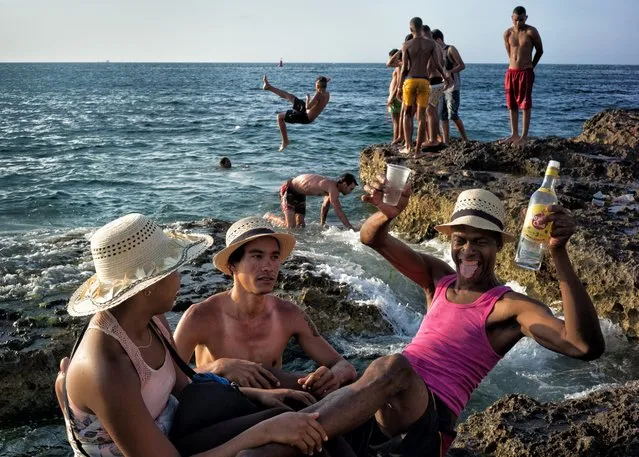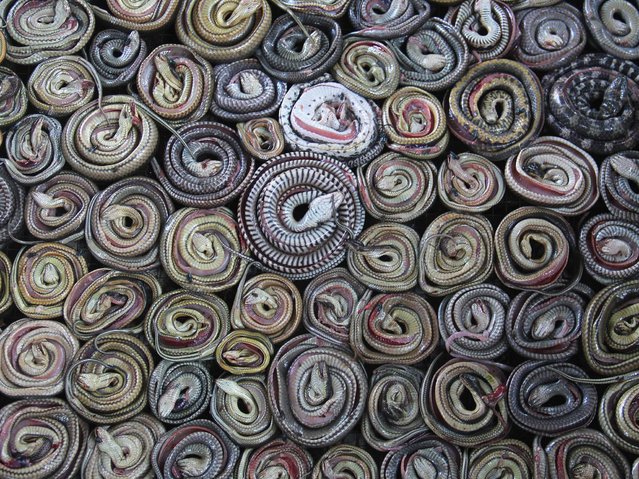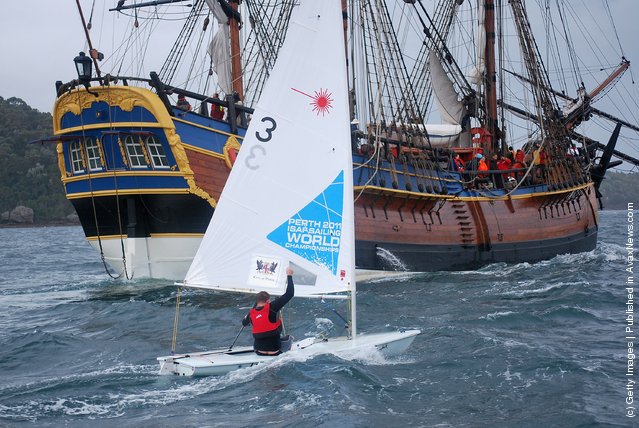
In this handout image provided by Perth 2011, HMB Endeavour, the replica of Captain James Cook's ship, is farewelled from Sydney Harbour accompanied by three Olympic class Laser yachts on April 16, 2011 in Sydney, Australia. The ship was farewelled from Sydney to start her circumnavigation of Australia, ending up in Freemantle where she will play a role in the Perth 2011 ISAF Sailing World Championships in December. (Photo by Richard Palfreyman/Perth 2011 via Getty Images)
16 Apr 2011 11:12:00,post received
0 comments

